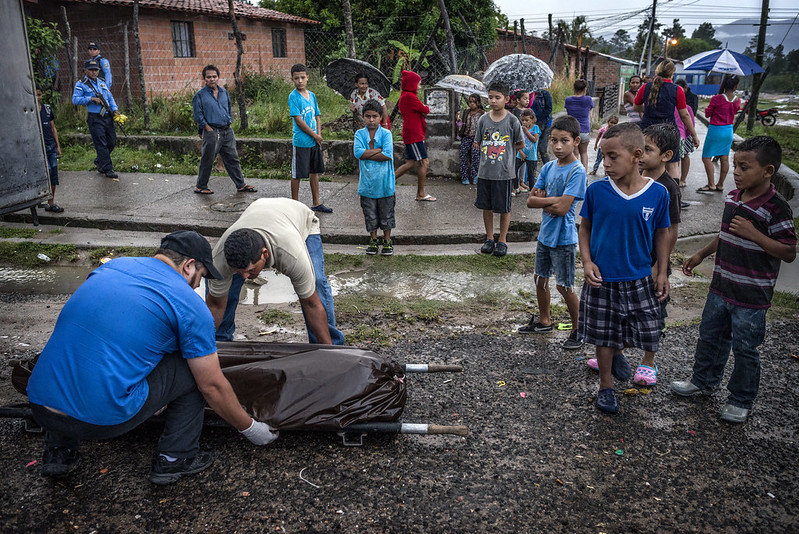
In the last three years, children moving through migration routes in Latin America and the Caribbean have reached a record-breaking number. Not only has the number increased, but the age range of these children has gotten even younger. The child migration journeys in Latin America and the Caribbean pose various challenges.
Comparing the Numbers
The proportion of children in the migrant population for this region in 2019 was 19%; in 2023, the number stands at 25%. Around the world, children currently account for 13% of the migrant population, showing that child migration in Latin America and the Caribbean is higher than the global proportion. In addition, the age group of these child migrants is becoming increasingly younger, with around 69-91% of all the child migrants below the age of 11 years old. Many of these children need to leave their homes due to gang violence, poverty and climate change/natural disaster events, but the journey through Latin America and the Caribbean is only putting their lives at greater risk.
Impacts of These Migration Journeys
There are three major routes that the children are taking: the Darién jungle between Colombia and Panama, the Chile-Peru border point and at points in northern Central America and Mexico. The Darién jungle is an extremely popular route yet one of the most dangerous walks on earth; not only do the children walk through the whole forest, but the area is also roadless and includes many mountains. Similarly, migrating through the Chile-Peru border, northern Central America and Mexico involves crossing rivers, highways and railway lines.
Children traveling these routes face significant risks. These dangers include injuries, diseases, human trafficking, abuse and separation from their families. In 2022, the number of children who died or went missing while migrating through this area reached an eight-year high, with at least 92 documented deaths. Many migrants are originating from distant regions, such as Asia and Africa, further increasing the likelihood of family separation, injuries and fatalities.
Other consequences the children face are not receiving education, protection and health care when they reach their destination. According to UNICEF, an assessment completed in 2022 revealed that “24% of Venezuelan children in Colombia aged 6 to 11 — and nearly 40% aged 12 to 17 — did not attend school.” It has also become evident that there are a lot of Haitian migrant families who cannot receive legal identification, limiting their opportunities for social benefits, health care and efficient housing.
Ongoing Action
There are two organizations that are actively addressing the child migration crisis: UNICEF and Save the Children. UNICEF has been operating in these regions to provide critical support and protection to affected people. Despite its ongoing efforts for the past several months, UNICEF currently faces a funding shortfall of approximately $32.5 million since August 2023. Meeting these funding requirements is crucial as it would enable UNICEF to provide additional support for safe migration, establish organized migration pathways, protect children from violence during their journeys and ensure access to essential aid.
Save the Children operates in various countries, including Colombia, Peru, Venezuela, Mexico, Guatemala, El Salvador and Honduras, to improve living conditions. The organization directly assists children and women, addressing some of the factors that lead people to leave their homes. Recognizing the importance of education for child migrants, Save the Children is actively working to enhance the educational systems in these nations. In Mexico, Honduras and Guatemala, the organization has implemented peacebuilding initiatives in schools and provided training to students and teachers to create safe, violence-free learning environments.
Additionally, in South American countries, the organization supplies school kits and educational programs, ensuring that children can access education while on the move or during their stay in host communities.
Looking to the Future
As cases of child migration increase in Latin America and the Caribbean, so does the need to protect them. Many children are fleeing violence, natural disasters, poverty and instability, but their journey through Latin America and the Caribbean is perilous. Even upon reaching their destinations, these children and families often face harsh living conditions. While organizations such as UNICEF and Save the Children are actively supporting these children on the ground, there are still thousands of children struggling for survival along these migration routes.
– Jessica Wang
Photo: Flickr
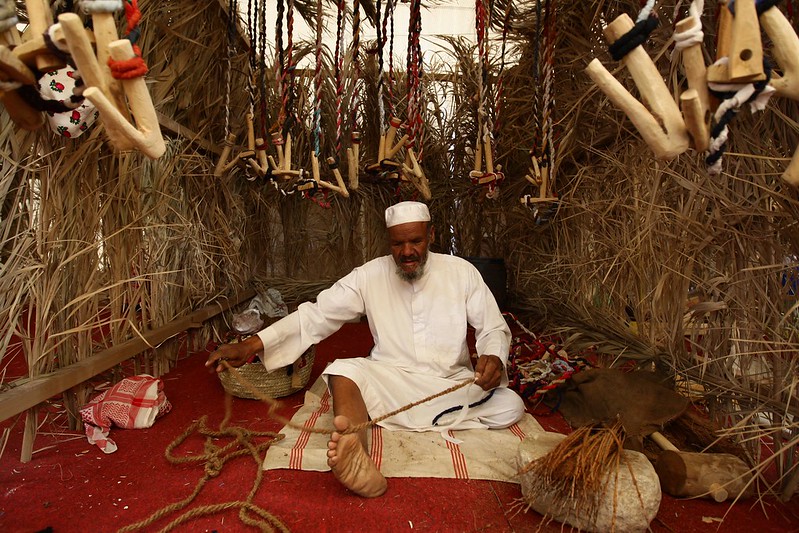 A recent report by Human Rights Watch (HRW) declared that
A recent report by Human Rights Watch (HRW) declared that  Recent reports have documented that over a span of 20 years, Brazil’s Indigenous communities have undergone an urban migration — a rural exodus. About 3,100 Indigenous people in the Javari Valley are reported to have migrated to cities, including around 300 Matis — one of several Indigenous groups in the region. Studies reveal that
Recent reports have documented that over a span of 20 years, Brazil’s Indigenous communities have undergone an urban migration — a rural exodus. About 3,100 Indigenous people in the Javari Valley are reported to have migrated to cities, including around 300 Matis — one of several Indigenous groups in the region. Studies reveal that 
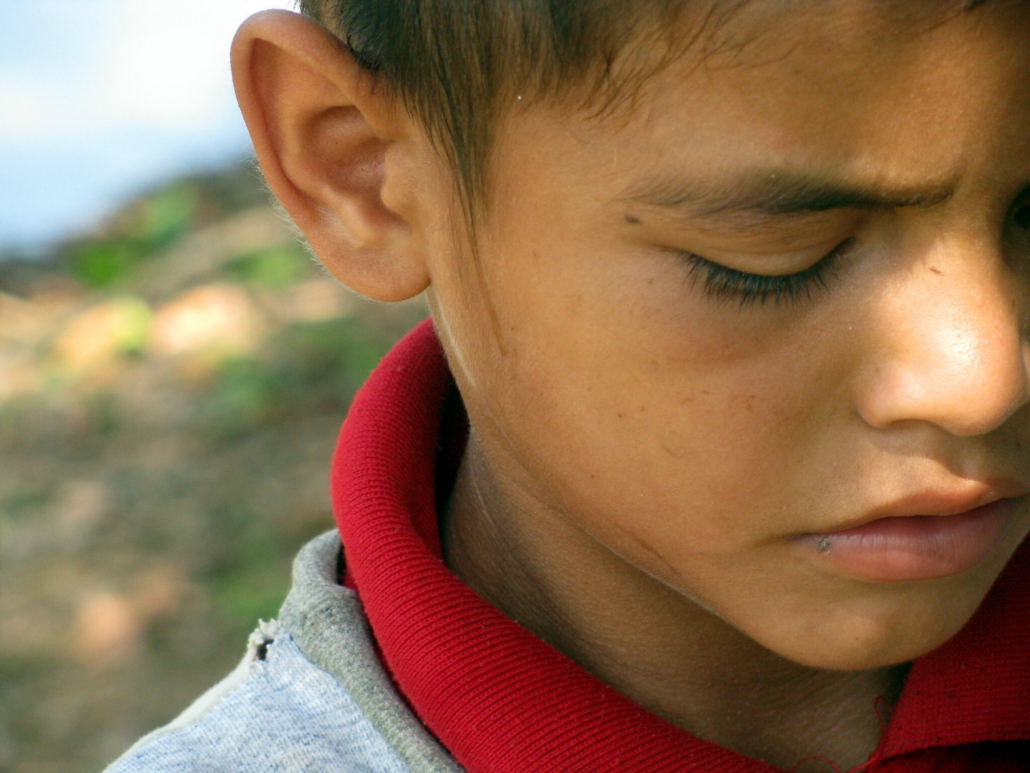
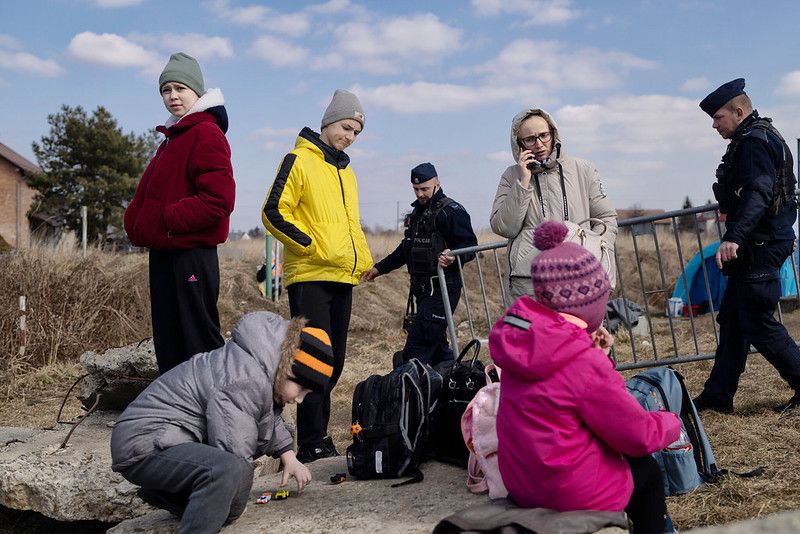 As the Ukrainian-Russian war persists, Ukrainians seek refuge in the major cities of neighboring countries. With Poland bordering the west of Ukraine, several migrants have opted for migration to areas such as Gdańsk, Kraków and Warsaw.
As the Ukrainian-Russian war persists, Ukrainians seek refuge in the major cities of neighboring countries. With Poland bordering the west of Ukraine, several migrants have opted for migration to areas such as Gdańsk, Kraków and Warsaw.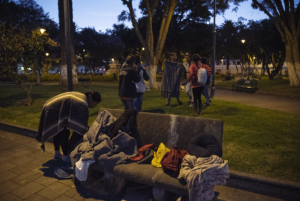 Millions of Venezuelans have been
Millions of Venezuelans have been 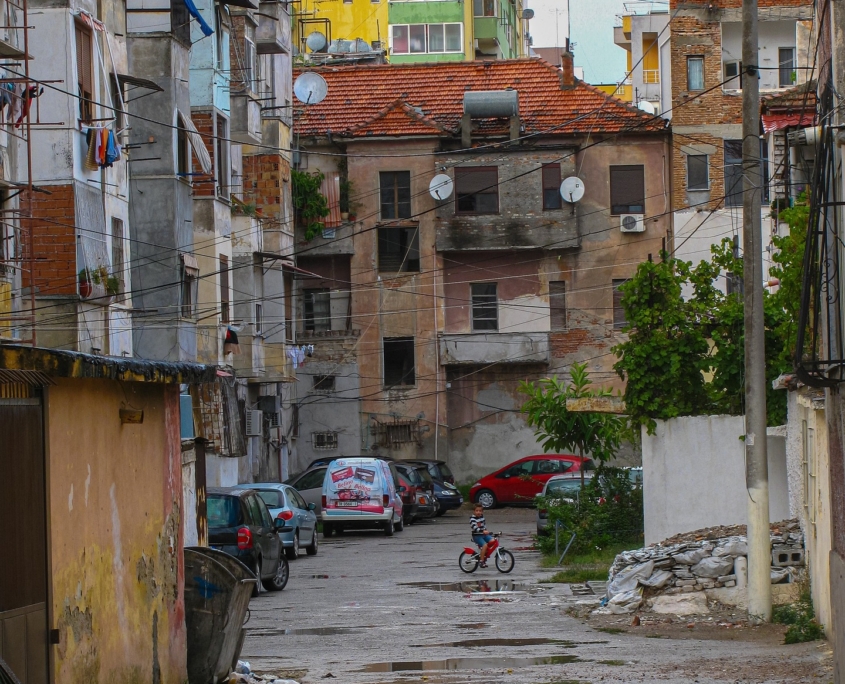 Albania, a developing Mediterranean nation with a population of 2.8 million, has experienced a significant surge in emigration. The U.K. and France are the two most preferred destinations for Albanian migrants, as these countries are home to many Albanian communities.
Albania, a developing Mediterranean nation with a population of 2.8 million, has experienced a significant surge in emigration. The U.K. and France are the two most preferred destinations for Albanian migrants, as these countries are home to many Albanian communities.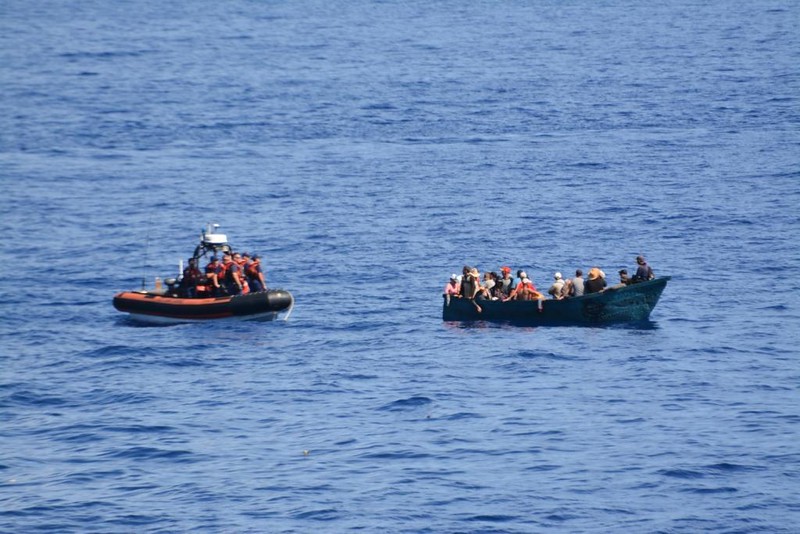 In March 2023, the U.K. government set out to implement its new solution to the challenge of small boat
In March 2023, the U.K. government set out to implement its new solution to the challenge of small boat 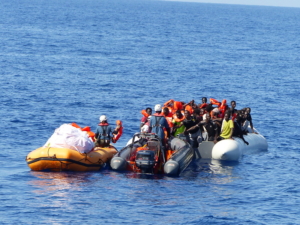 The migrant boat shipwreck occurring in Italy on February 26, 2023, serves as a reminder that stronger action is necessary to address the Mediterranean migration crisis.
The migrant boat shipwreck occurring in Italy on February 26, 2023, serves as a reminder that stronger action is necessary to address the Mediterranean migration crisis. 